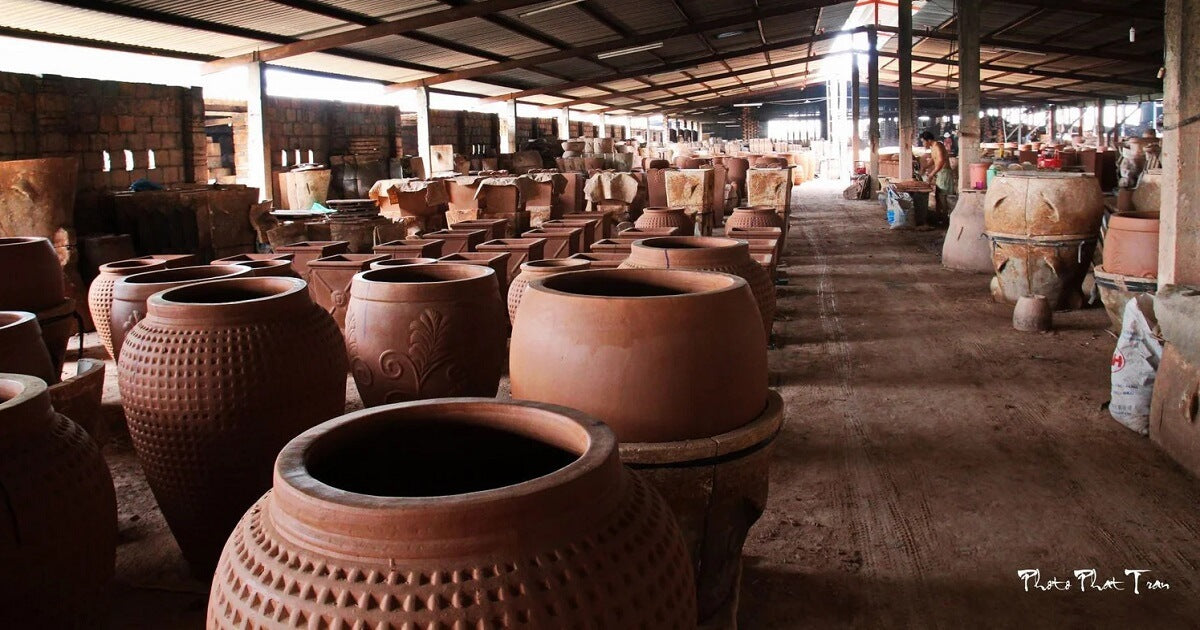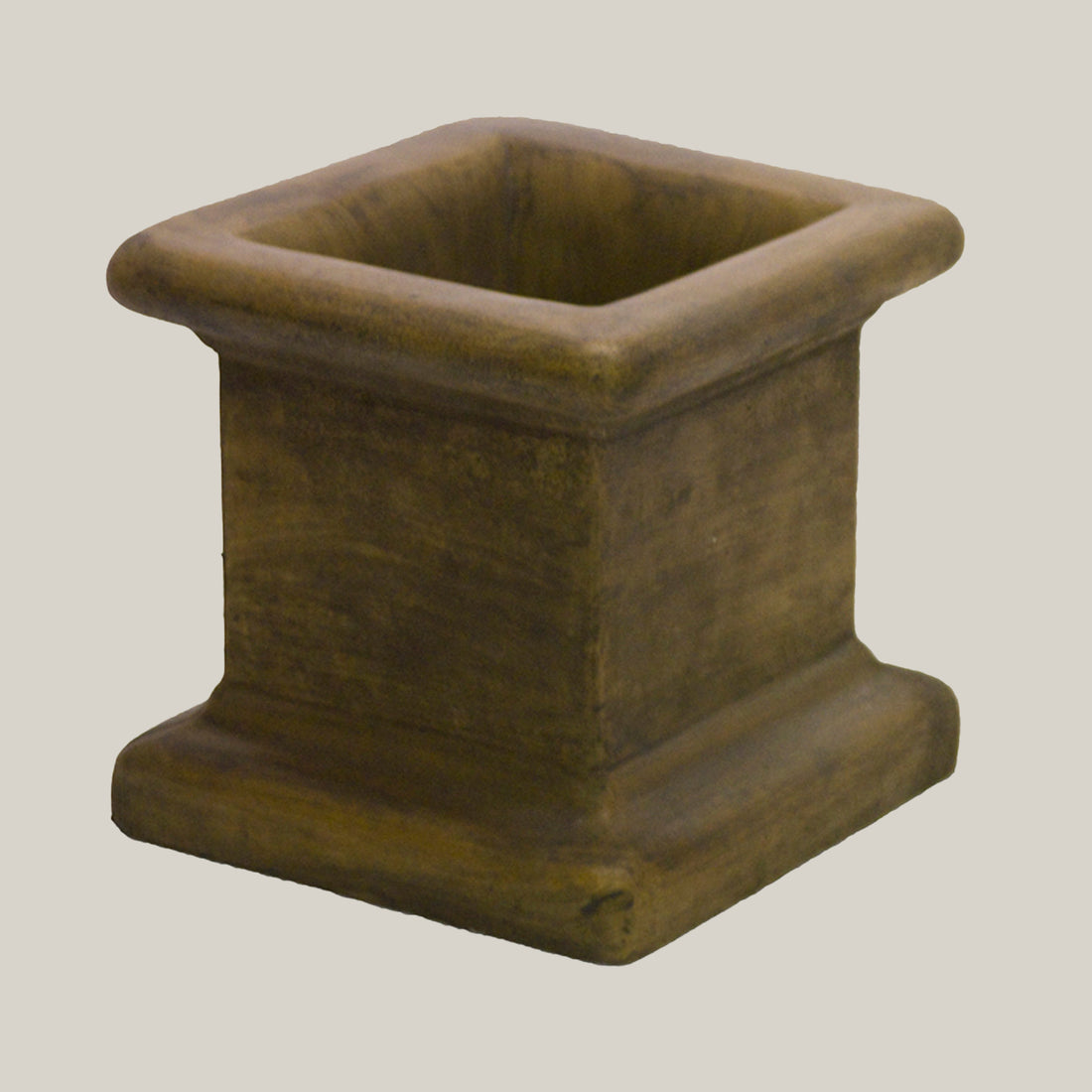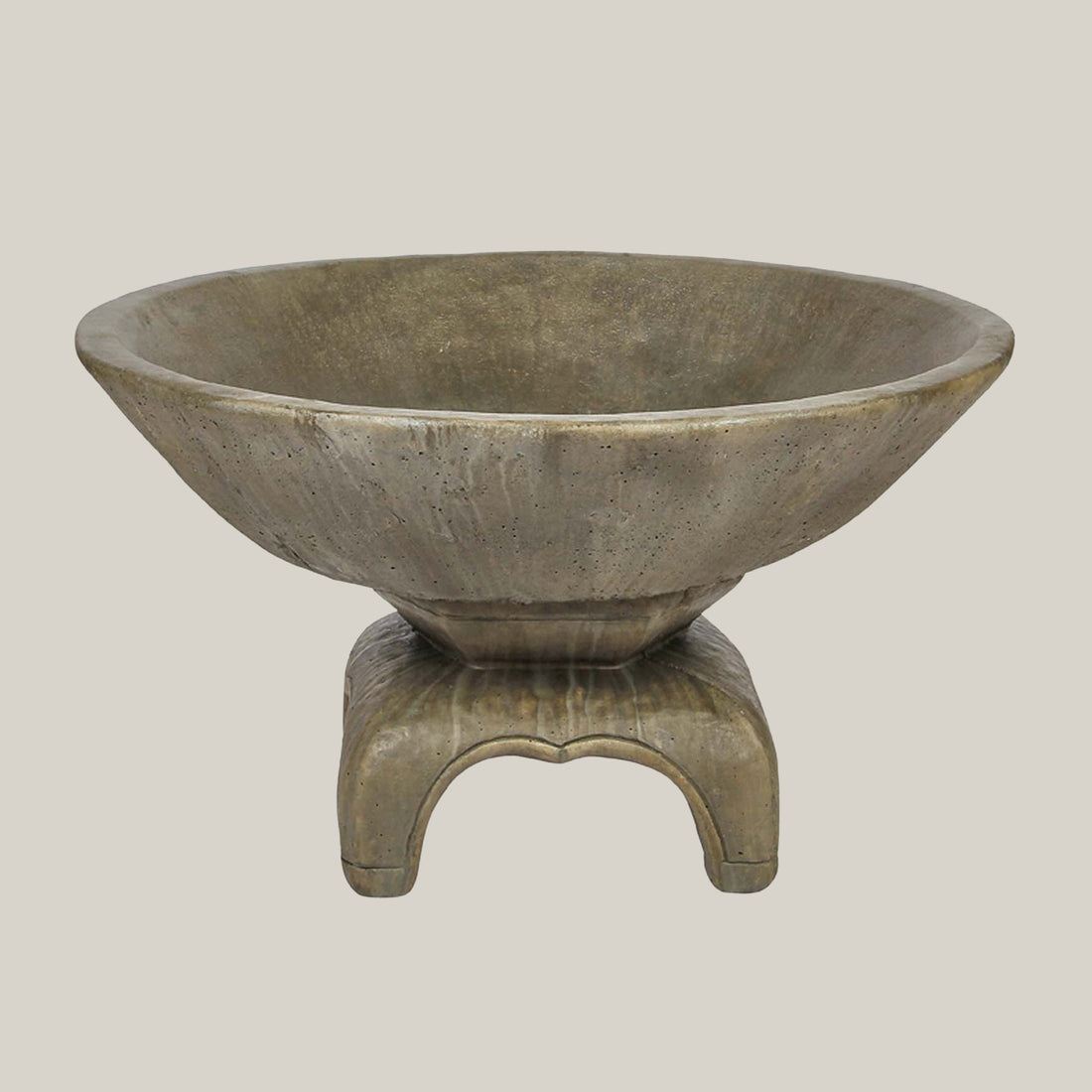Table of Contents
-
What Regions Have a Vietnam Pottery Village?
- Chu Dau Pottery Village
- Bat Trang Pottery Village
- Phu Lang Pottery Village
- Tho Ha Pottery Village (Bac Ninh Province)
- Thanh Ha Pottery Village (Hoi An)
- Bau Truc Pottery Village (Binh Thuan Province)
- Village Mai Mai (Saigon)
- Bien Hoa Pottery Village (Dong Nai Province)
- Lai Thieu – Tan Phuoc Khanh – Thu Dau Mot (Binh Duong Province)
What Regions Have a Vietnam Pottery Village?
Vietnamese pottery in Austin, TX, is growing in popularity and trending worldwide. Part of this trend is rooted in history, namely pottery from Dong Nai and Bat Trang. In fact, according to an article by the Museum of Underwater Archeology, since 1300 AD, Vietnamese ceramics have been considered high-end exports. For centuries, these sought-after products influenced pottery designs around the globe. Today, pottery villages in Vietnam incorporate age-old techniques to create modern art pieces.
Chu Dau Pottery Village
Chu Dau is one of the oldest pottery villages in Vietnam. Chu Dau pottery is exported mainly to European countries and American markets. The ceramics from this village in Hai Duong province feature white glazes with extravagant golden, flourishing designs. Chu Dau has become a tourist destination for ceramic enthusiasts.
Bat Trang Pottery Village:
Bat Trang was once a clay mound located on the Red River, only 12 miles from Hanoi. Therefore, it is a convenient location for manufacturing and transporting pottery. In addition, it is the only pottery village in Vietnam to preserve many ancient glazes. Bat Trang ceramics are semi-manual products. In other words, the products are molded from a cast and fired in a gas oven (formerly fired by a wood-burning stove). The pottery from this village, characterized by white clay, influenced Chinese ceramics. Bat Trang now has more than 600 producers. Most of which are small and medium-scale household producers.

Phu Lang Pottery Village
Phu Lang pottery village was formed in tandem with Bat Trang. This pottery village produces household pottery—for example, they make things like jars, vases, and large bowls. Red clay gives ceramics from Phu Lang a distinctive character. Typically, artisans carve reliefs in red clay. Afterward, light yellows, greens, and pinks are used to accentuate the carvings. Finally, the pottery is fired in a charcoal-burning kiln.
Recently, Phu Lang was able to climb out of a recession. Thanks to a generation of young artists trained at Hanoi’s University of Fine Arts, Phu Lang is again prosperous. Consequently, these young artists created new and more diverse pottery styles for their village.
Tho Ha Pottery Village (Bac Ninh Province)
About 25 miles from Hanoi, Tho Ha village is also famous for its pottery and porcelain products. Like Phu Lang, Tho Ha pottery village creates pots, pans, and other household furnishings. However, pottery is no longer the chief export of this village. Currently, rice crackers and noodles are produced in mass. While drying in the sun, the rice products are leaned against house walls embedded with remnants of ancient ceramics. Although forgone pottery from this village may be buried or repurposed, it always retains its luster.
Thanh Ha Pottery Village (Hoi An)
In this village, artful sculptures and vases are manufactured from orange-red clay. Like terracotta clay, pottery pieces from Thanh Ha are light and spongy. Carving is the dominant design technique used by Thanh Ha artisans. So naturally, lamps, paintings, and decorative artwork is produced by this community lying on the Thu Bon River.

Bau Truc Pottery Village (Binh Thuan Province)
The Chams, an ethnic group of Southeast Asia, populate Bau Truc. Their pottery is created using manual throwing wheels and fired outdoors in open-air kilns. As a result, these ceramics inherit a dubious and unique color scheme. Decorative vases and jars featuring lattice-like designs are a staple of Cham pottery.
Village Mai Mai (Saigon)
Chinese immigrants formed Mai Mai. Pottery from this village uses specific colors. In particular, cobalt blue, moss green, and eel brown. Bowls and statues are produced in Mai Mai. Due to Saigon's urbanization, most artisans have moved to Lai Thieu and Binh Duong. Because of the large pagodas decorated by ancient artists, this area remains a tourist hotspot.
Bien Hoa Pottery Village (Dong Nai Province)
Nothing in the world compares to Bien Hoa ceramics. This unmistakable style was formed during the French colonial occupation of Vietnam. During peak production, Bien Hoa produced and exported baskets, animal statues, engraved dinnerware, and beautiful vases featuring story-like scenes.
Today, Bien Hoa pottery village still produces pottery, but the ceramics are less diverse. Consequently, ancient Bien Hoa pottery is considered priceless and highly sought after. Ceramics produced nowadays are made to order and no longer feature highly intricate details.

Lai Thieu – Tan Phuoc Khanh – Thu Dau Mot (Binh Duong Province)
This trifecta of pottery villages creates the cradle of pottery in Vietnam. Our pottery at Ten Thousand Pots is directly imported from factories in Binh Duong. Ceramics manufactured include household decor, fine art, garden decor, and pots and planters. Black clay and a wood-burning kiln create unique one-of-a-kind pieces. Since the products are high-fired and the clay is dense, Binh Duong ceramics are surprisingly strong.
Related Content:





